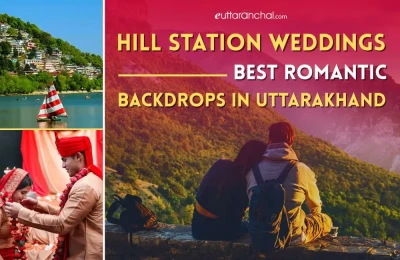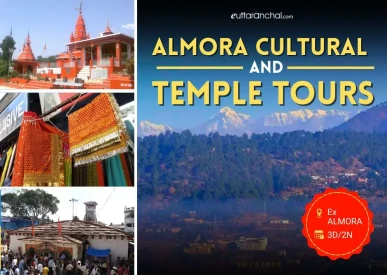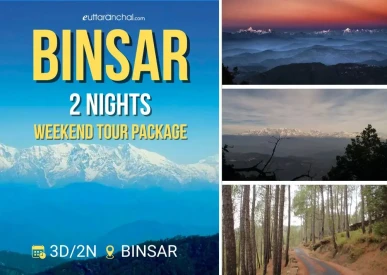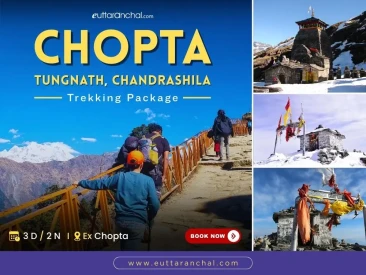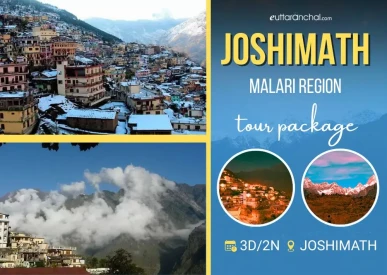Tourist Places in Uttarkhand which requires special permits
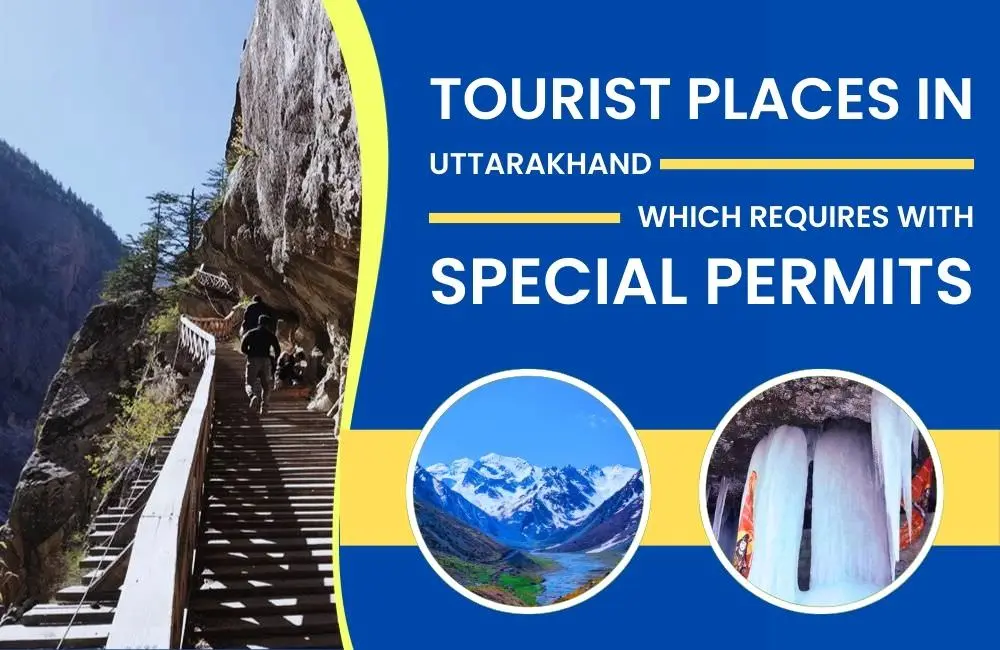
Several tourist destinations in Uttarakhand, particularly those near sensitive border areas or protected ecological zones, require special permits due to their strategic location, environmental sensitivity, or cultural significance.
Below is a list of notable tourist places in Uttarakhand where permits are required, based on available information:
Tourist Places Requires Permits for Visiting
Nelong Valley (Uttarkashi District)
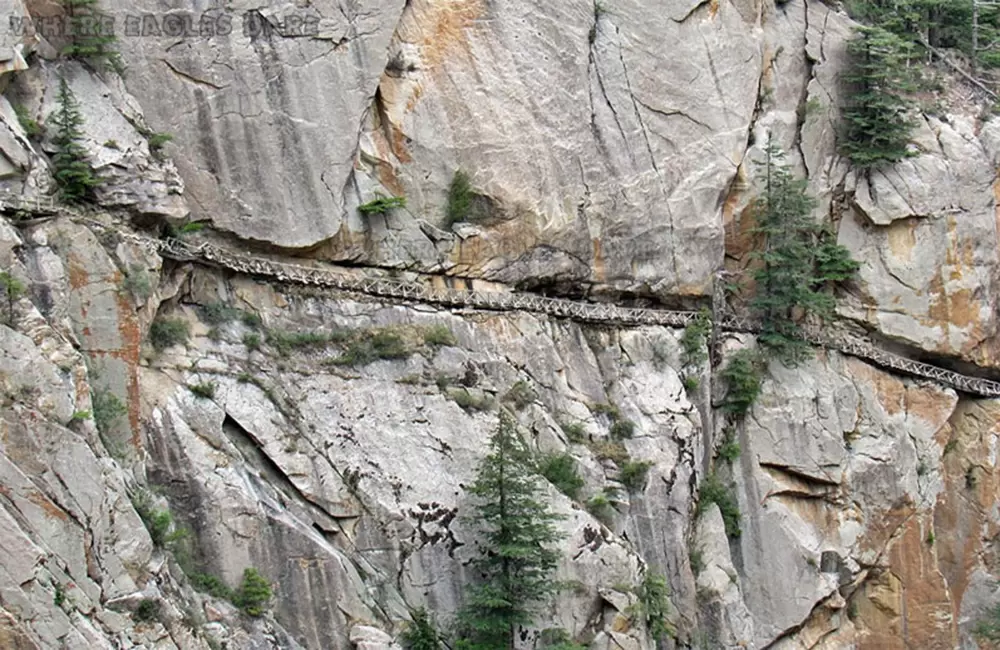
Known as the "Ladakh of Uttarakhand," Nelang Valley, located at 11,000 feet within Gangotri National Park, offers stunning landscapes and historical significance as part of the ancient Silk Route.
Permit Required: Inner Line Permit (ILP) due to its proximity to the Indo-China border.
How to Obtain: Apply through the District Magistrate’s office in Uttarkashi or online via authorized platforms. Documents typically include a valid ID, passport-sized photos, and a fitness certificate. Only Indian tourists are currently allowed.
Key Attractions: Gartang Gali Bridge, Jadh Ganga River.
Kuti Village (Pithoragarh District)
Situated at 12,000 feet, Kuti is the last inhabited village before the Indo-China border and serves as a gateway to Adi Kailash, a sacred mountain.
Permit Required: Inner Line Permit (ILP) due to its sensitive border location.
How to Obtain: Obtain from the Sub-Divisional Magistrate (SDM) office in Dharchula tehsil. Required documents include valid ID proof, passport-sized photos, and sometimes a travel itinerary.
Key Attractions: Adi Kailash, scenic Himalayan views.
Timmersain Mahadev (Chamoli District)
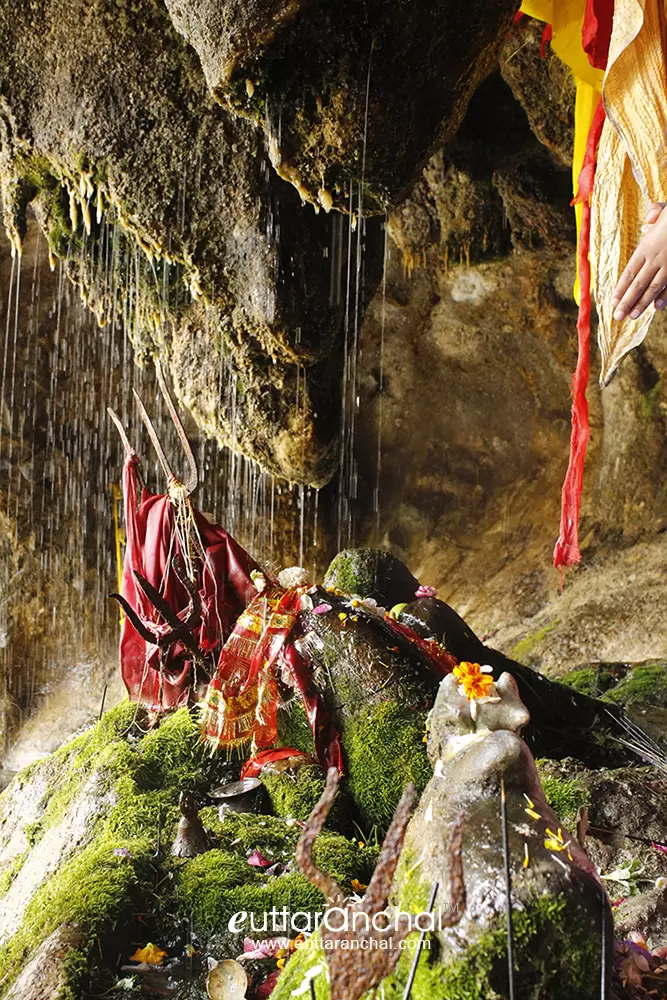
A sacred cave in Niti village, known as Uttarakhand’s equivalent of the Amarnath shrine, featuring a naturally formed ice Shivling.
Permit Required: Special permit due to its location in a protected area near the Indo-China border.
How to Obtain: Apply through the District Magistrate’s office in Joshimath or Chamoli. Required documents include ID proof and photographs.
Key Attractions: Spiritual significance, rugged Himalayan terrain.
Mana Pass and Deo Tal
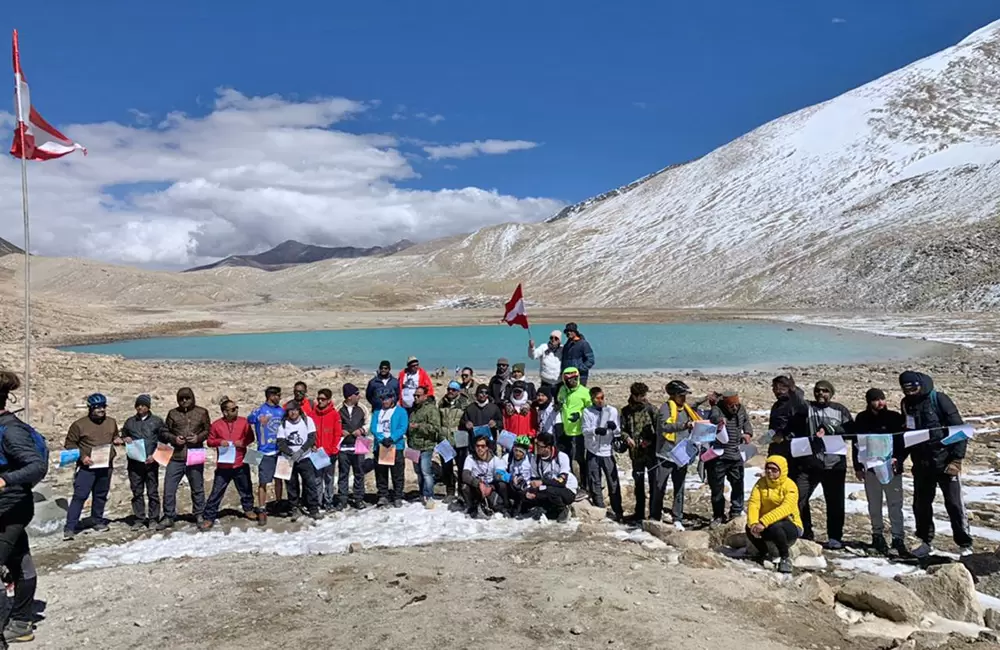
Permit Required: Special permit due to its location in a protected area near the Indo-China border.
How to Obtain: Apply through the District Magistrate’s office in Joshimath or Chamoli. Required documents include ID proof and photographs.
Key Attractions: Deotal Lake, Scenic Snow Covered views, Spiritual significance
Chhiyalekh (Pithoragarh District)
Often called the "Valley of Flowers" of the Vyas Valley, Chhiyalekh, at 11,000 feet, offers breathtaking views of Nepal’s Annapurna range.
Permit Required: Inner Line Permit (ILP) due to its proximity to the Indo-Nepal border and ITBP oversight.
How to Obtain: Permits are issued by the SDM office in Dharchula, with strict checks by the Indian Tibetan Border Police (ITBP). Required documents include passport, visa (for foreigners), and ID proof.
Key Attractions: Alpine meadows, cross-border mountain views.
Om Parvat (Pithoragarh District)

A sacred mountain near the Indo-China and Indo-Nepal borders, famous for its natural snow formation resembling the "Om" symbol.
Permit Required: Special permit due to its location in a protected border zone.
How to Obtain: Apply at the Dharchula tehsil office. Foreign tourists may need additional clearance from the Indian Home Ministry. Documents required include ID proof, photos, and travel details.
Key Attractions: Spiritual significance, stunning Himalayan vistas.
Permits for National Parks, Wildlife Sanctuaries, Safari, Angling
Uttarakhand is home to several protected areas like Jim Corbett National Park, Rajaji National Park, and Gangotri National Park, where permits are required for specific activities like safaris, angling, or trekking.
Permit Required: Entry permits for wildlife safaris or angling permits for rivers and lakes (e.g., Bhagirathi, Alaknanda, or Ramganga rivers).
How to Obtain: Permits for national parks are issued by the Forest Department or through authorized tour operators. Angling permits can be obtained from the Uttarakhand government’s designated offices, requiring ID proof and payment of fees (e.g., Mahaseer and Trout fishing permits).
Notes:Permit Application Process: For most restricted areas, permits are issued by the District Magistrate’s office, SDM offices, or through tourist offices in districts like Uttarkashi, Pithoragarh, or Chamoli.
Permits of Foreign Travelers
Foreigners require Protected Area Permits (PAP) or Restricted Area Permits (RAP) for sensitive zones, applied through registered tour operators or the Tourism & Civil Aviation Department. A minimum of two travelers and a registered guide are often mandatory.
Foreign tourists may need additional clearance from the Indian Home Ministry for border areas. Always carry valid ID proof (e.g., passport, voter ID, or driving license), passport-sized photographs, and, for foreigners, a valid Indian visa.
For the most accurate and updated information, check with the Uttarakhand Tourism Board (uttarakhandtourism.gov.in) or contact the respective District Magistrate’s offices. If planning a trip, apply for permits in advance to avoid delays, and consult local authorities or tour operators for offbeat destinations.
Useful Tips
- General Travel Advice: Research specific requirements via official Uttarakhand Tourism or Forest Department websites. Local tour operators or guides can assist with permit applications and ensure compliance with regulations.


